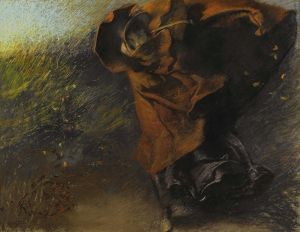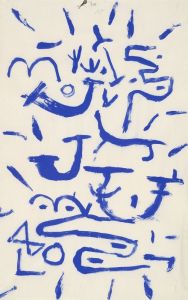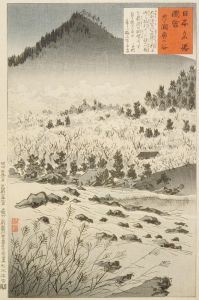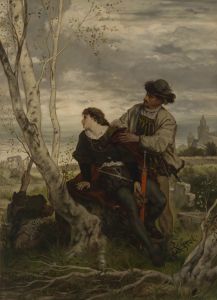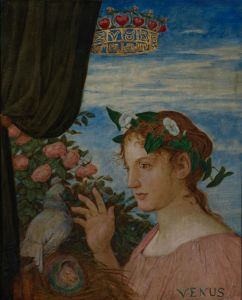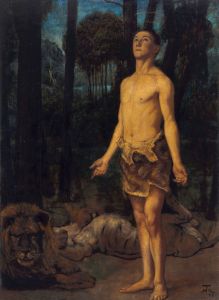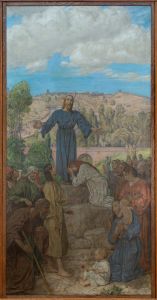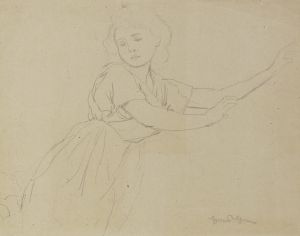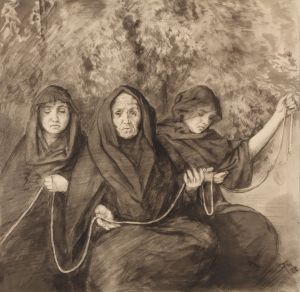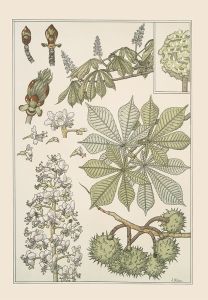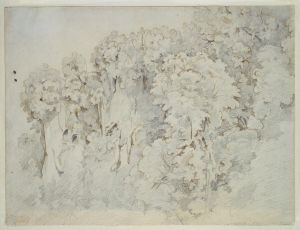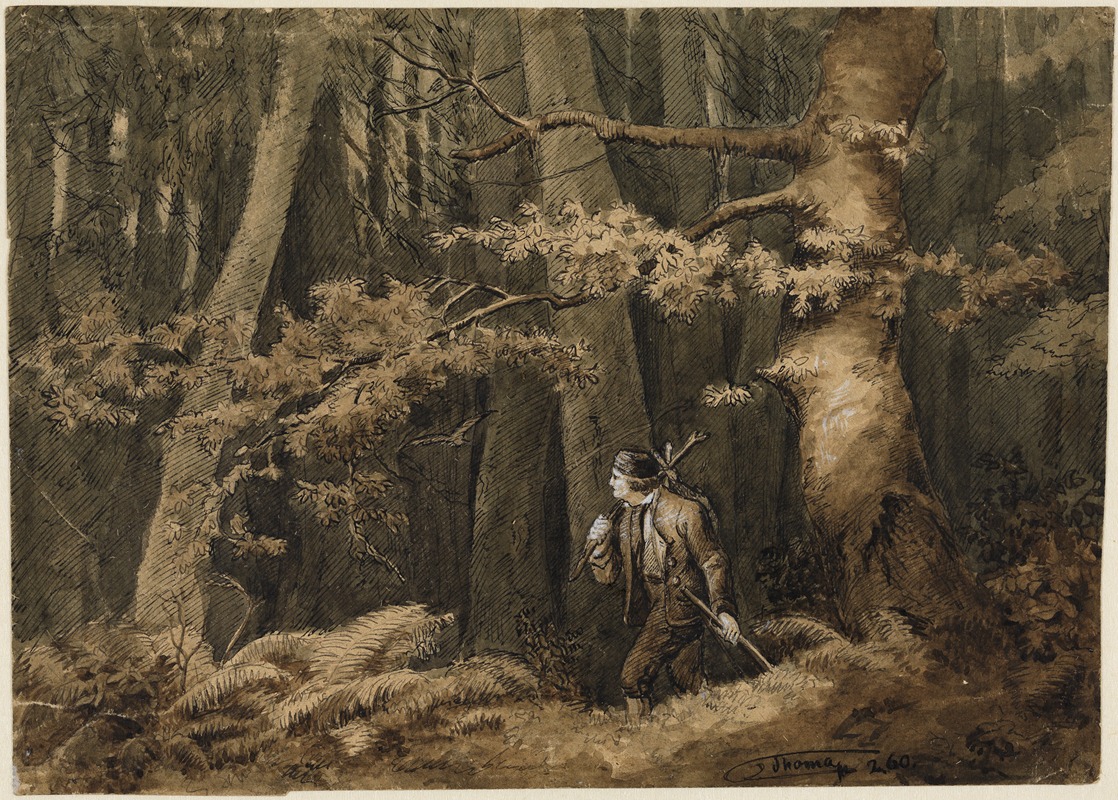
Der Jäger im Wald
A hand-painted replica of Hans Thoma’s masterpiece Der Jäger im Wald, meticulously crafted by professional artists to capture the true essence of the original. Each piece is created with museum-quality canvas and rare mineral pigments, carefully painted by experienced artists with delicate brushstrokes and rich, layered colors to perfectly recreate the texture of the original artwork. Unlike machine-printed reproductions, this hand-painted version brings the painting to life, infused with the artist’s emotions and skill in every stroke. Whether for personal collection or home decoration, it instantly elevates the artistic atmosphere of any space.
Hans Thoma was a German painter born on October 2, 1839, in Bernau in the Black Forest, and he became one of the most significant figures in the German art scene during the late 19th and early 20th centuries. Thoma's work is often associated with the German Romantic movement, and he is known for his landscapes, portraits, and genre paintings that frequently depict scenes from nature and rural life.
"Der Jäger im Wald" (The Hunter in the Forest) is one of Thoma's notable works, although specific details about the painting, such as its creation date or current location, are not widely documented. Thoma's style is characterized by a meticulous attention to detail and a deep appreciation for the natural world, which is evident in his landscape paintings. His works often reflect a serene and idyllic view of nature, capturing the beauty and tranquility of the German countryside.
In "Der Jäger im Wald," Thoma likely explores themes common in his oeuvre, such as the relationship between humans and nature. The painting presumably depicts a hunter within a forest setting, a subject that aligns with Thoma's interest in rural and natural themes. The forest, a recurring motif in Thoma's work, is often portrayed with a sense of reverence and wonder, highlighting the artist's connection to his Black Forest roots.
Thoma's artistic career was marked by his ability to blend realism with a romantic sensibility, creating works that are both detailed and imbued with a sense of the sublime. He studied at the Karlsruhe Academy of Fine Arts and later moved to Munich, where he was influenced by the works of the Old Masters as well as contemporary artists. Throughout his career, Thoma remained committed to depicting the natural world with authenticity and emotional depth.
In addition to his paintings, Thoma also worked as a graphic artist and printmaker, contributing to the broader artistic movements of his time. His work gained recognition and acclaim, leading to his appointment as the director of the Kunsthalle Karlsruhe in 1899. Thoma's influence extended beyond his lifetime, as he became a celebrated figure in German art history.
While specific information about "Der Jäger im Wald" is limited, Hans Thoma's legacy as an artist is well-documented. His paintings continue to be appreciated for their technical skill and the way they capture the essence of the natural world. Thoma passed away on November 7, 1924, in Karlsruhe, leaving behind a body of work that remains significant in the study of German art.





